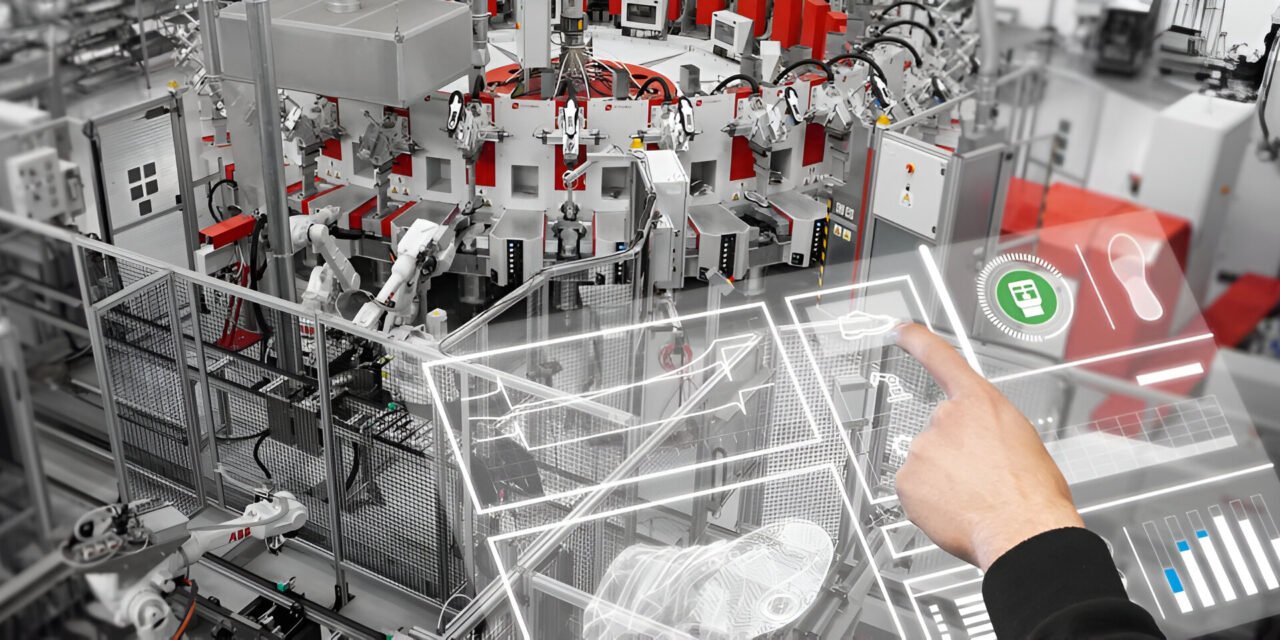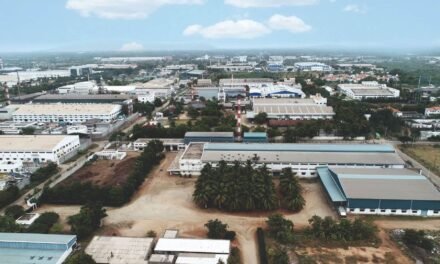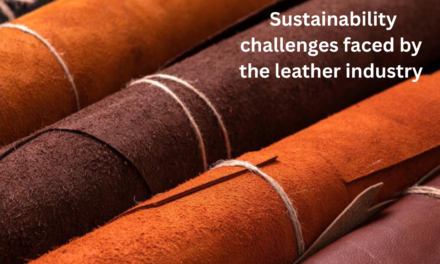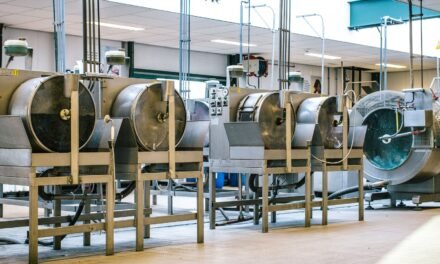The footwear industry is rapidly embracing automation technologies to enhance production efficiency, improve precision, and reduce costs. Here are the latest automation technologies being implemented in footwear factories:
1. Robotic Assembly Systems
- Automated Cutting, Stitching, and Lasting:
- Robots equipped with precision tools handle tasks such as cutting leather, stitching uppers, and lasting (shaping the upper around the shoe last).
- Increases speed and consistency compared to manual processes.
- Advantages:
- Improves accuracy and reduces defects.
- Handles repetitive and labor-intensive tasks, freeing workers for higher-level activities.
2. 3D Printing
- Applications:
- Rapid prototyping for testing new designs.
- Manufacturing complex components like lattice-structured midsoles.
- Customization of insoles and uppers tailored to individual foot shapes.
- Advantages:
- Reduces waste by using additive manufacturing techniques.
- Speeds up development cycles and enables on-demand production.
3. Laser Cutting and Engraving
- Applications:
- Precise cutting of leather and synthetic materials for uppers and components.
- Engraving decorative patterns, logos, or monograms.
- Advantages:
- Enhances precision and reduces material wastage.
- Allows intricate and unique designs that were previously difficult to achieve.
4. Vision-Based Quality Control Systems
- How It Works:
- Cameras and sensors inspect each component and finished product for defects such as irregular stitching, uneven cuts, or surface imperfections.
- Advantages:
- Improves quality assurance by detecting flaws earlier in the process.
- Reduces human error in visual inspections.
5. Automated Material Handling
- Applications:
- Conveyor belts, robotic arms, and automated guided vehicles (AGVs) transport materials and components within the factory.
- Advantages:
- Streamlines workflows and reduces manual handling.
- Increases safety and efficiency in the factory environment.
6. Computerized Cutting Machines
- Applications:
- CNC (Computer Numerical Control) machines cut leather and fabric components with high precision.
- Advantages:
- Reduces material waste by optimizing pattern layouts.
- Ensures consistent quality in mass production.
7. Smart Sewing Machines
- Features:
- Equipped with sensors and programmable controls for automated stitching.
- Capable of complex stitch patterns and decorative work.
- Advantages:
- Reduces manual intervention, ensuring uniform stitching quality.
- Speeds up production and allows for intricate designs.
8. Digital Lasting Machines
- How It Works:
- Automates the process of shaping the shoe upper around the last.
- Uses robotic arms or pneumatic systems for precise and consistent results.
- Advantages:
- Enhances efficiency and reduces labor-intensive processes.
- Ensures a uniform fit and shape across all shoes.
9. Advanced Adhesive Application Systems
- Features:
- Automated systems apply adhesives with precision, reducing waste and improving bond strength.
- Robots or spray systems ensure even application on soles and uppers.
- Advantages:
- Reduces manual errors and ensures consistent adhesion.
- Minimizes exposure of workers to fumes.
10. Artificial Intelligence (AI) and Machine Learning
- Applications:
- Predictive maintenance for machinery to minimize downtime.
- Optimizing production schedules based on demand forecasts.
- Enhancing quality control by identifying defects through AI-driven image recognition.
- Advantages:
- Improves operational efficiency and reduces costs.
- Enables smarter, data-driven decision-making.
11. Internet of Things (IoT)
- Applications:
- Sensors embedded in machinery monitor performance and provide real-time data.
- IoT-enabled systems connect all stages of production, ensuring seamless communication.
- Advantages:
- Enables predictive maintenance and real-time monitoring.
- Improves traceability and transparency in the manufacturing process.
12. Flexible Manufacturing Systems (FMS)
- How It Works:
- Modular automation systems allow factories to switch between different styles or models of shoes with minimal downtime.
- Advantages:
- Accommodates small-batch or custom production.
- Enhances factory flexibility to meet changing market demands.
13. Sustainable Manufacturing Technologies
- Applications:
- Automation in recycling materials and reducing waste.
- Use of waterless dyeing and automated eco-friendly processes.
- Advantages:
- Reduces environmental impact and aligns with sustainability goals.
- Attracts eco-conscious consumers.
14. Digital Twins
- How It Works:
- Virtual models of production lines simulate and optimize factory operations.
- Advantages:
- Identifies bottlenecks and optimizes workflows before implementing changes.
- Reduces downtime and improves productivity.
15. Direct Injection Molding
- Applications:
- Automated systems inject materials directly into molds to create soles or integrate components like midsoles and outsoles in one step.
- Advantages:
- Enhances precision and consistency.
- Reduces the need for adhesives or additional assembly steps.
Benefits of Automation in Footwear Factories
- Efficiency: Faster production cycles with reduced lead times.
- Consistency: Uniform quality across large production batches.
- Cost Reduction: Optimized resource use and reduced labor costs.
- Customization: Enables bespoke and small-batch production without significant cost increases.
- Sustainability: Minimizes waste and energy consumption.
Automation technologies are reshaping footwear manufacturing, making it more efficient, precise, and adaptable to market trends while meeting consumer demands for high-quality and sustainable products.
Hashtags
#FootwearAutomation #SmartShoeFactories #AutomatedFootwearProduction #InnovationInShoemaking #TechInFootwearManufacturing #ShoeFactoryAutomation #AdvancedFootwearTech #FutureOfShoemaking #AutomatedLeatherCrafting #SmartManufacturingFootwear







